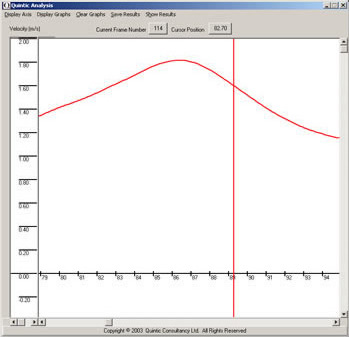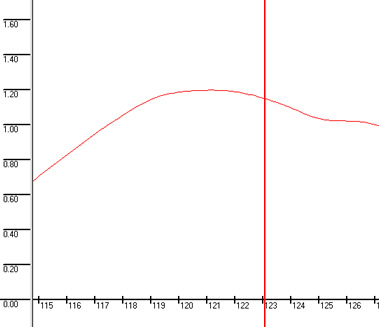5. Every putt is a straight putt, but it depends on how hard you hit it, whether or not it takes any break that you may read into the green. To achieve the desired result one needs an ideal, smooth acceleration, not deceleration, through the ball.
Rapid Acceleration (short backswing)

• Speed at impact 1.75 msֿ¹
• Max speed 2.11 msֿ¹
• 0.06 seconds AFTER impact
• Poor distance control

Deceleration of putter through impact (long backswing – short follow through)

• Poor distance control
• End up quitting on the stroke
• Speed at impact 1.63 msֿ¹
• Max speed msֿ¹
• 0.08 seconds BEFORE impact!

It is very difficult to control the putter head (open or closed) with a blade that is slowing down…
Constant speed at impact: No acceleration (Backswing 48% & Follow through 52%)

• Constant speed = Good rhythm
• Speed at impact 1.84 msֿ¹
• Max speed 1.86 msֿ¹
• 0.025 Seconds AFTER impact
• Constant speed at IMPACT = great distance control

“Most three putts aren’t cause by bad green reading, but by bad judgement of speed”
Ben D. Crenshaw |